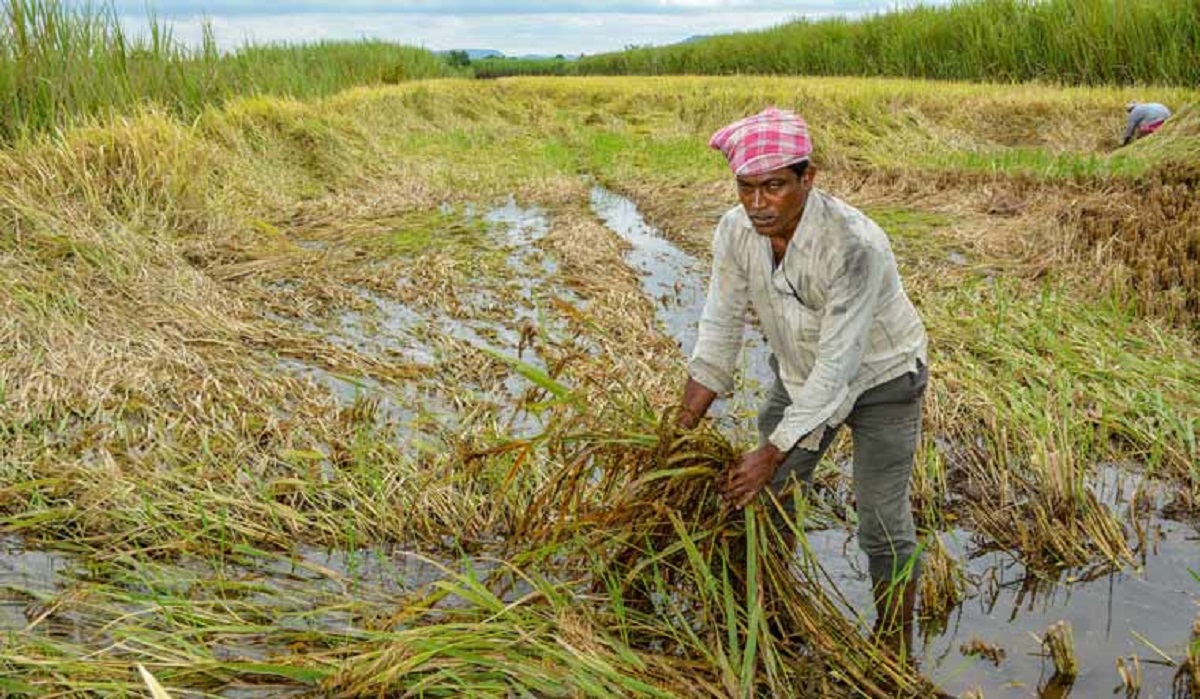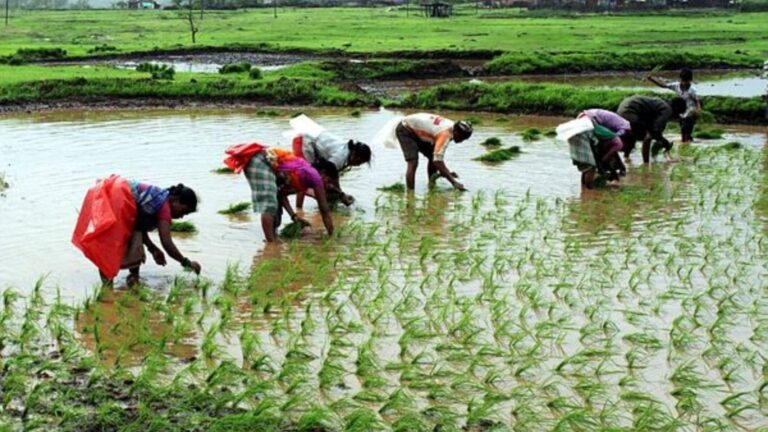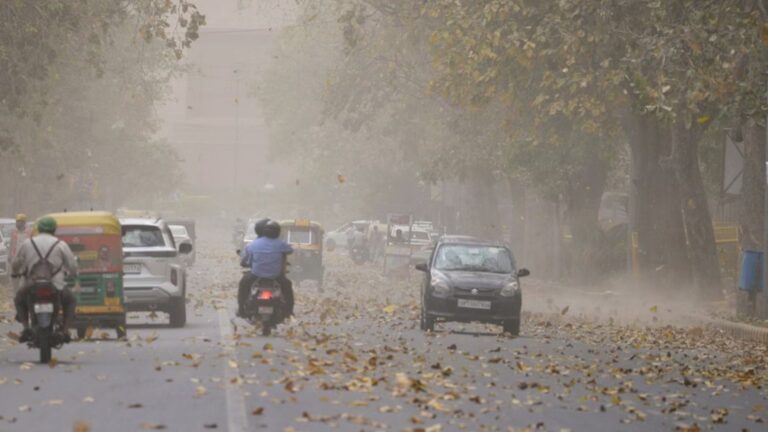
In a significant move ahead of the upcoming state assembly elections, the Indian government announced on Wednesday a substantial increase in the Minimum Support Price (MSP) for paddy. The new MSP for the 2024-25 kharif marketing season has been set at Rs 2,300 per quintal, marking a 5.35% increase from the previous year. This decision is seen as a crucial support measure for the agricultural sector, particularly in states like Haryana, Maharashtra, Jharkhand, and Delhi, which are gearing up for elections.
Significant Hike Despite Surplus
Despite a considerable surplus of rice, the government has approved a Rs 117 per quintal hike in the paddy support price. Information and Broadcasting Minister Ashwini Vaishnaw emphasized that this increase aligns with the government’s policy to ensure support prices are at least 1.5 times the cost of production. “This is the first major decision of Prime Minister Narendra Modi’s third term in office,” Vaishnaw noted.
MSP for 14 Kharif Crops Approved
Paddy, the primary kharif crop, is planted with the onset of the southwest monsoon in June, and its marketing period spans from October 2024 to September 2025. The Cabinet has approved the MSPs for 14 kharif crops, following recommendations from the Commission for Agricultural Costs and Prices (CACP).
Financial Implications and Farmer Benefits
The MSP hike is projected to have a financial implication of Rs 2,00,000 crore, approximately Rs 35,000 crore more than the previous season. This move is expected to significantly boost farmers’ incomes. The MSP for ‘common’ grade paddy has been raised to Rs 2,300 per quintal, while the ‘A’ grade variety now stands at Rs 2,320 per quintal.
Comprehensive Approach to Farmers’ Welfare
“The two terms of the Modi government have laid a strong foundation for economic growth, and significant decisions will be taken in the third term for the benefit of the people,” Vaishnaw stated. “The Cabinet has approved Minimum Support Price (MSP) for 14 kharif crops including paddy, ragi, bajra, jowar, maize, and cotton. With today’s decision, farmers will receive around Rs 2 lakh crore as MSP, which is Rs 35,000 crore more than the previous season.”
Detailed MSP Increases for Various Crops
Among cereals, the MSP for ‘hybrid’ grade jowar has increased by Rs 191 to Rs 3,371 per quintal, while the ‘Maldani’ variety has seen a rise of Rs 196 to Rs 3,421 per quintal. The support price for bajra has increased by Rs 125 to Rs 2,625 per quintal, ragi by Rs 444 to Rs 4,290 per quintal, and maize by Rs 135 to Rs 2,225 per quintal for the 2024-25 season.
To reduce dependence on imported pulses, the MSP for tur has been raised by Rs 550 to Rs 7,550 per quintal, urad by Rs 450 to Rs 7,400 per quintal, and moong by Rs 124 to Rs 8,682 per quintal. Additionally, the support price for sunflower seed has been increased by Rs 520 to Rs 7,280 per quintal, groundnut by Rs 406 to Rs 6,783 per quintal, and soybean (yellow) by Rs 292 to Rs 4,892 per quintal.
MSP for Oilseeds and Commercial Crops
The MSP for sesamum has risen by Rs 632 to Rs 9,267 per quintal, and for nigerseed by Rs 983 to Rs 8,717 per quintal. For commercial crops, the MSP for cotton has been increased by Rs 501 to Rs 7,121 per quintal for the ‘medium staple’ variety and Rs 7,521 per quintal for the ‘long staple’ variety.
Government’s Holistic Policy Approach
Vaishnaw highlighted the government’s comprehensive approach from “Beej se bazaar tak (from seed to market),” addressing farmers’ concerns thoroughly. “In the first two terms, the government created a strong base for the economy and farmers’ welfare. On that strong base, we can take a good leap. There is a continuity in policy keeping focus on farmers,” he added.
Expected Margins for Farmers
The government estimates the highest expected margin to farmers over their cost of production will be in the case of bajra (77%), followed by tur (59%), maize (54%), and urad (52%). For other crops, the margin is estimated to be around 50%.
Adequate Rice Stockpile and Favorable Weather Conditions
Currently, the Food Corporation of India holds a record stockpile of around 53.4 million tonnes of rice, which is four times the required buffer and sufficient to meet demand under welfare schemes for a year without new procurement. Despite lower rainfall of around 20% across the country since the start of the monsoon season on June 1, weather conditions are now favorable for further advancement of the monsoon, according to the meteorological department.






